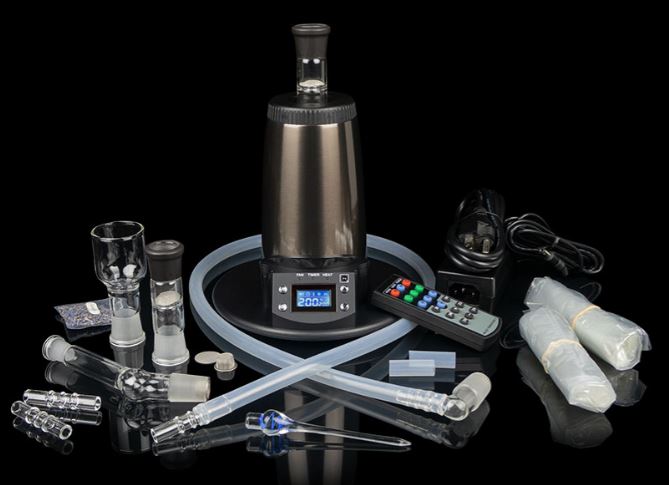3D bioprinting refers to an additive manufacturing method that makes use of living cells and other biomaterials, or bioinks, for the purpose of printing out 3D parts that mimic blood vessels, bones and other parts of the body. As Curtis Cripe points out, such functional 3D tissue is ideally printed on cell scaffolds that may aid in replacing or repairing damaged areas in the body. Over time, bioprinting has rapidly emerged as a research tools that helps in testing new ideas in drug discovery, organ transplantation and regenerative medicine. It also has the potential to personalize medical or healthcare solution for individual patients. This not only helps improve patient outcomes but also plays a role in eliminating the need for animal testing.
Curtis Cripe underlines a few ways 3D bioprinting is used to advance personalized medicine
With the growing popularity of personalized medicine, diverse ways are being explored to deliver more targeted treatments tailored to the individual patient, both in terms of size and physiology. The domain of personalized therapies even encompasses smart drug delivery devices, replacement organs, biomedical implants and more. Even though such therapies do not have to incorporate living cells they should consist of biomaterials that are both non-cytotoxic and biocompatible. This is where 3D bioprinters come in. They have merged the additive manufacturing principle of 3D printers with biocompatibility, enabling a number of breakthroughs in personalized medicine over the last decade.
Here are a few ways 3D bioprinting is advancing personalized medicine:
- Organs and implants: Biomedical engineers are working towards the development of fully functional, 3D-bioprinted organs and tissues for implantation in the human body. Certain modern 3D systems have developed their print-to-perfusion system that that allows for higher levels of vascularization required for successful gas exchange and blood oxygenation.
- Hair replacement: There are many factors that cause hair loss, including trauma, disease and stress. With 3D bioprinter, scientists printed bioinks with epidermal stem cells and other biomaterials into the wounds of mice to promote hair growth. The results showed successful regeneration of hair follicles four weeks later, with just a slight decrease in stem cell viability.
- Bone grafts: Creative use of 3D bioprinting can help advance bone grafting. Certain researchers, for instance, have created artificial, durable, bone materials for bone replacement with this tool.
- Eye tissue: 3D bioprinting and patient stem cells have been used by scientists to produce functional eye tissue that shall help advance the study of diseases that cause blindness. Researchers essentially printed a combination of the cells that form the outer blood-retina barrier. The printed tissue reached full maturity after approximately 40 days and behaved in a similar manner to the native outer blood-retina barrier. This process provides testing materials for studying degenerative retinal diseases, as well as enables the advancement of personalized treatments for patients.
As Curtis Cripe particularly highlights, 3D bioprinting allows for the creation of tissues and organs tailored to an individual’s specific anatomy and needs. This could revolutionize treatments by providing personalized solutions for patients, reducing the likelihood of rejection and improving outcomes.


